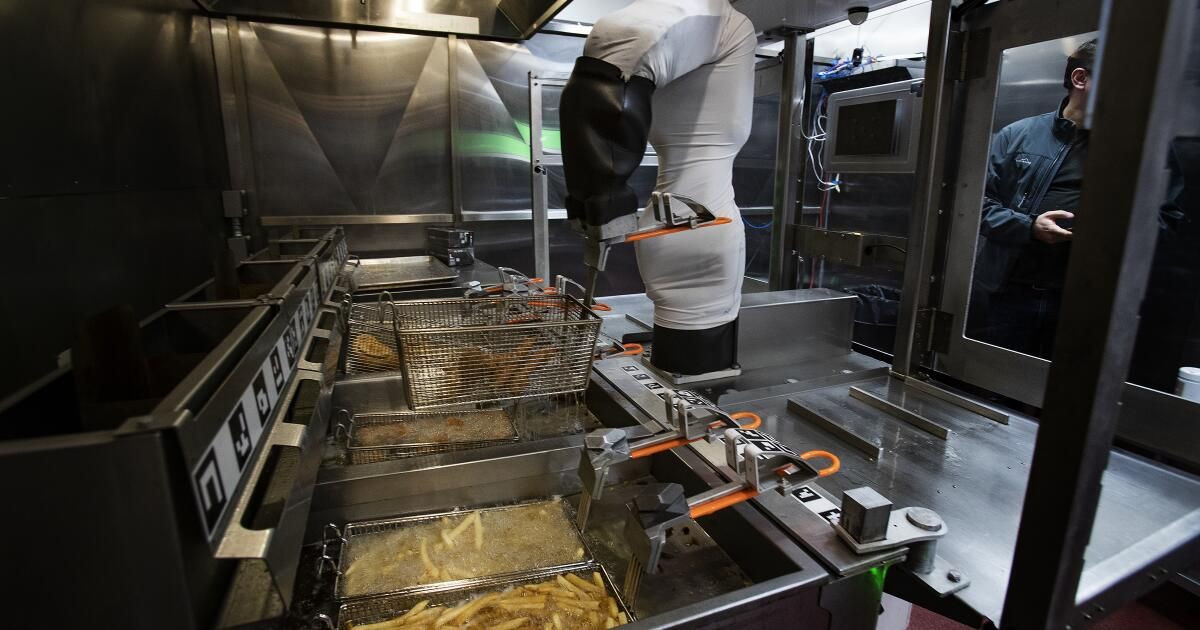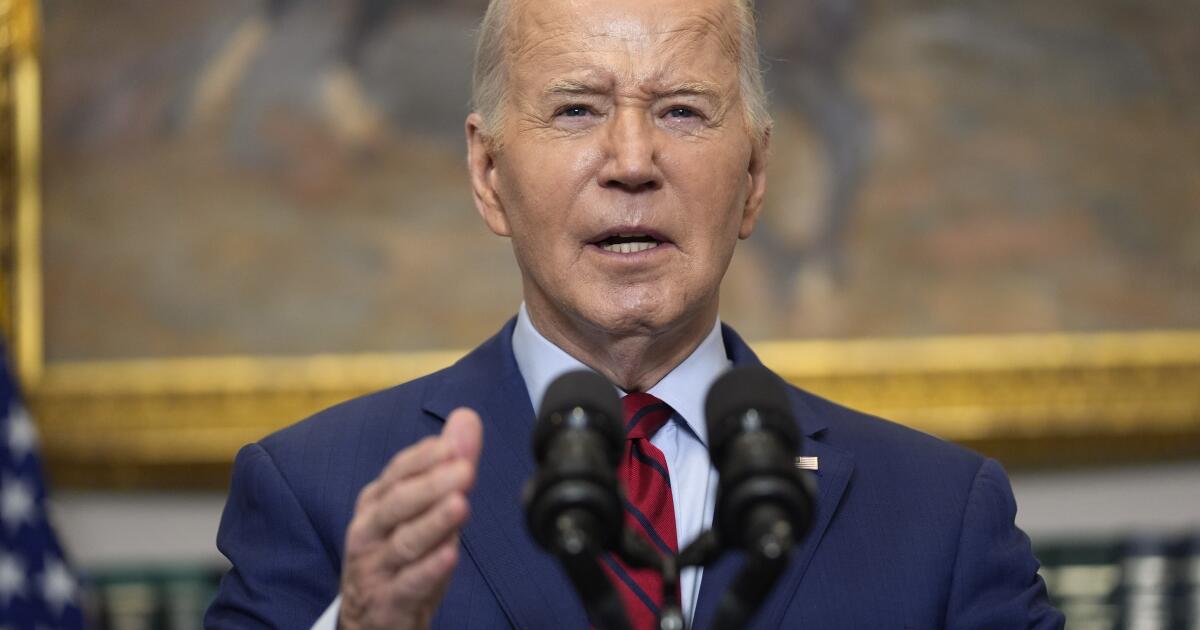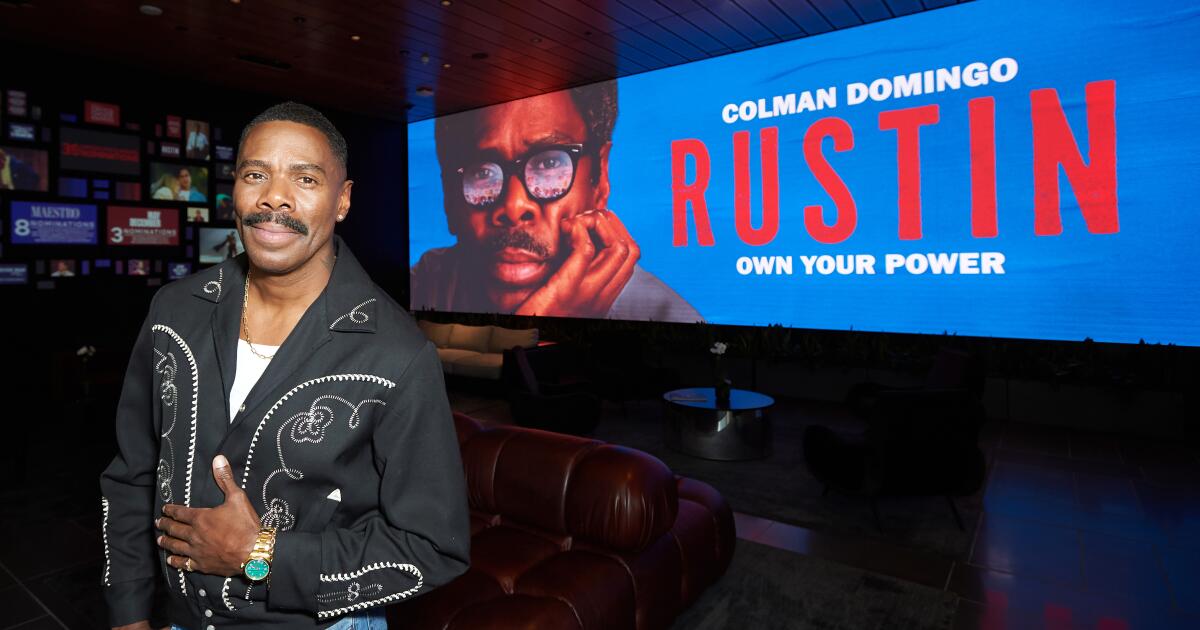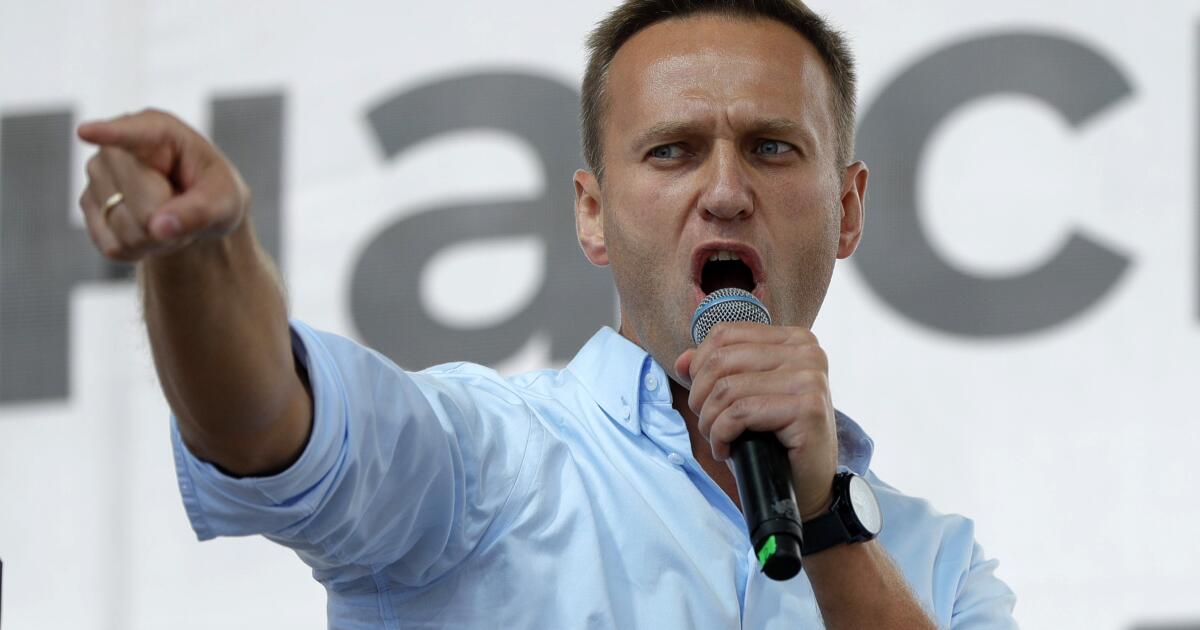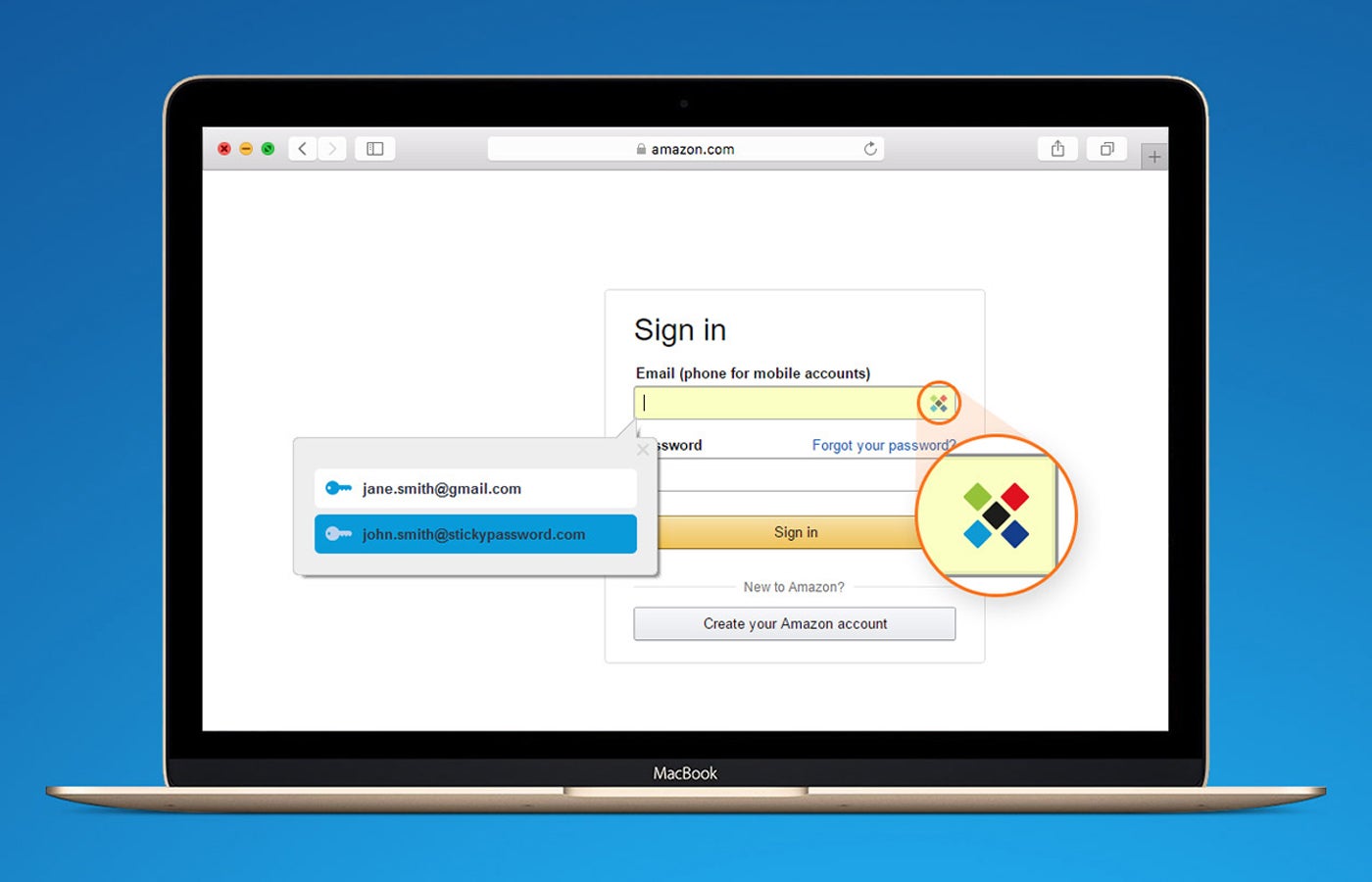On April 1, more than half a million fast food workers in California they received a raise, and the minimum wage across the sector increased to $20 an hour. That same week, the self-proclaimed “world's first fully autonomous restaurant” opened its doors in Pasadena.
These two stories have received considerable media attention, which is typically presented as fundamentally linked: Fast food franchise owners are struggling to stay afloat amid rising labor costs, leading many to consider automation as the only viable solution. But this simple description of cause and effect paints a picture of innovation and inevitability that sells the public a fantastical myth.
I study low-wage industries in Los Angeles County, including the effects of new technologies on workers. My research shows how automation does not always lead to greater efficiency and cost reductions for businesses, as AI proponents would like the public (and policymakers) to believe. This type of innovation also promises to increase income inequality. Workers deserve to have their voices heard in determining how, where, when or if AI and automation should be used.
I really wanted to visit CaliExpress, Pasadena's new robot restaurant, to see what the future of fast food looked like (and tasted like). Outside there were slogans typical of a traveling circus: “FRYING ROBOT WITH WONDERFUL AI!” My curiosity piqued, I entered, passing by a facial recognition scanner that announced the ominous opportunity to “pay with your face.”
I placed my order on a giant touch screen and watched a human worker spring into action behind the counter. They rushed to load the robots with raw meat and frozen French fries and scoured the kitchen retrieving cooked items that the robots had deposited in buckets. This person would then manually assemble, package, and deliver the food to waiting customers. A second worker cleaned up the remains of the robots.
While an animatronic arm put on a spectacle reminiscent of an eccentric science fair project (hastily dipping a basket of French fries into a vat of hot oil), workers worked in the background, doing most of the work.
As with so many AI stories, humans remain critical to the mission. Examples to aboundfrom Amazon “Just get out“shops at local food delivery robots. Each demonstrates how the lofty promises of new technology can be used as a pretext to restructure industries and infrastructure, often at the expense of workers, consumers and the community.
Automation often provides cover for employers to double down on cost-cutting measures that lead to chronic understaffing, which increaseyes the likelihood of injury and wage theft. While automation can reduce marginal labor costs, there is little evidence which necessarily improves productivity, safety or profitability.
Integrating automation into the service sector often results in fewer workers doing more work, as I observed at CaliExpress. Economists have also observed this phenomenon, documenting huge growth in revenue per employee in fast food for the last five years. This indicates that productivity and wealth concentration are already growing hand in hand, even before any automation, a sobering finding that irritates the narrative that unsustainable labor costs are the main driver of automation.
Likewise, consumers end up paying more for less, as automation requires high levels of standardization. In fast food, this means small menus with minimal customization. Meanwhile, food prices will continue to rise. rocketjust as they have done for the last decade, far outpacing the rate of inflation and driving corporate profits to unprecedented new heights. My order at CaliExpress (a burger and fries, the extension of their current menu) was $15.44, more than double the same order at In-N-Out.
As multinational conglomerates' profits rise, local franchisees may feel pressure to automate. But to completely renovate a commercial kitchen you need huge and risky capital investment, plunging already struggling small businesses into new debt.
So who will really benefit from automation and AI?
The winner is a new class of technology intermediaries, selling rented hardware and subscription software solutions to the marketplace. public and private sectors. The companies that develop this technology have raised thousands of millions imposing their “solutions” on the unwitting public, with little input from workers, small business owners or consumers. The fast food industry is the latest test kitchen for these ideas.
Fortunately, California has a reputation for taking bold policy actions.
Along with the increase in the minimum wage, Assembly Bill 1228 He also established the firstsectoral negotiation tipswhere workers and employers come together to collectively determine industry-wide standards and protections, including, hopefully, the role of new technologies in the workplace.
This is a radical step forward in the pursuit of democracy in the workplace. And their timing is fortunate, given the rapid and rampant rise of automation and AI, as further demonstrated by Governor Gavin Newsom's recent decision. executive order demand an AI-driven review of state government operations and public services. But until ideas like sector bargaining and a living wage for all become commonplace, there is a real risk that AI and automation will simply accelerate inequality.
Unlike unproven AI novelties, California's new fast food bill is a form of innovation we should demand policymakers invest in, because it will lift thousands of people out of poverty and give marginalized workers a seat at the table. That's more transformative than anything cooking in Silicon Valley.
Brian Justie is a senior research analyst at the UCLA Labor Center.

